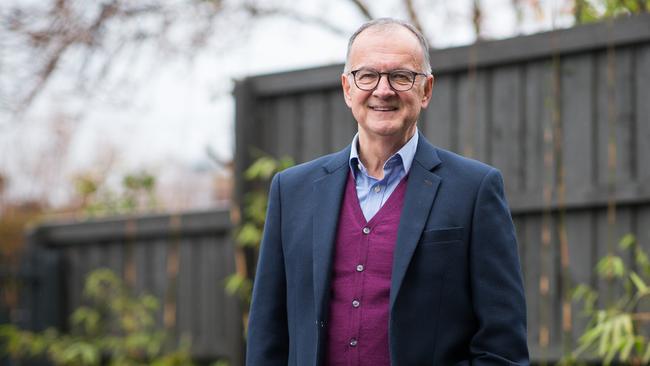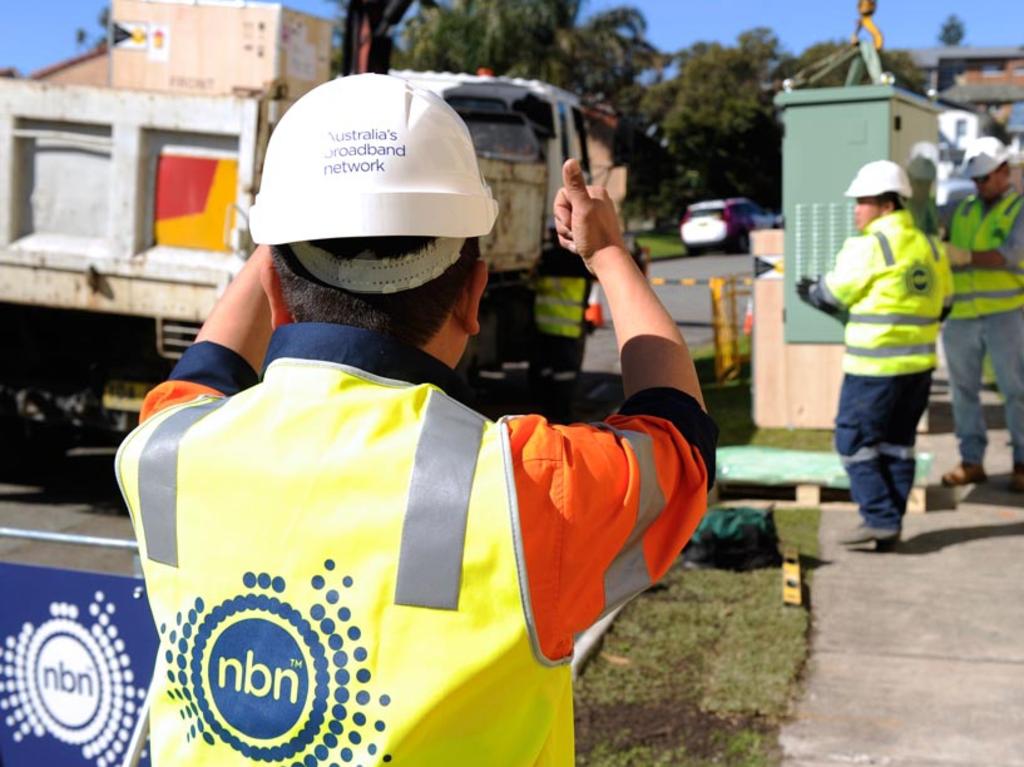Mission accomplished for Ziggy Switkowski as NBN finally completed
After seven years helming Australia’s most contentious and ambitious infrastructure project, Ziggy Switkowski can take a breath.

After seven years helming Australia’s most contentious and ambitious infrastructure project, Ziggy Switkowski can take a breath. The high-speed, highly politicised national broadband network is complete.
Nearly 12 million premises across the country can now connect to the NBN, an enterprise that has enabled unprecedented collaboration and productivity, frustrated large swathes of the population, and served as a political football for virtually its entire existence.
“This is already a much-studied project around the world, because of the scale of what we’ve tried to do, which is to provide affordable ubiquitous access to high speed internet for every Australian, no matter where they work or live. It was a very ambitious goal and it has been delivered,” NBN Co chair Ziggy Switkowski tells The Weekend Australian.
“It’s kind of heroic, and although people will draw attention to the shortcomings of what we’ve done, we should not lose sight as to the magnitude of what has actually been delivered. This is something that will stand as a bit of a benchmark for a very long time.”
Switkowski was brought in to help fix the Essendon Football Club at the height of its doping scandal, laying bare its governance issues. The veteran executive was similarly tasked in 2013 by the newly minted Abbott government with cleaning up NBN Co, which Switkowski says he fast discovered was plagued by mismanagement and a deep, widespread cultural malaise.
In the months leading up to the 2013 election Tony Abbott and then-communications minister Malcolm Turnbull had promised a ‘‘technology-agnostic’’ approach to the NBN, a blunt rebuttal to Labor’s “rolled gold’’ full-fibre plan under Kevin Rudd and Stephen Conroy, which had barely kicked into gear. NBN Co’s inaugural chief executive Mike Quigley had declared he was quitting his post just before the election.
“Morale was incredibly low, the targets were unachievable and the executives weren’t up to the task,” Switkowski says. ”I was brought on very early on in the rollout, and it was handicapped by unresolved stressors with the contractors. The rollout had almost completely stalled by the time we got into positions of authority.
“The commitments that were made to building an NBN, it would be fair to say, imposed upon the organisation which felt a high degree of accountability to deliver on the targets, which were unreasonable and unachievable, and inconsistent with what the trends were at the time.”
Switkowski, who served as both chairman and interim CEO of NBN Co, describes Labor’s full-fibre plan — which was infamously designed on an aeroplane napkin — as impossible to accomplish. Labor had promised it would roll out fibre to 93 per cent of Australia’s population, but the project was hit by delays and setbacks almost immediately.
“The original plan was flawed. It was incredibly ambitious; an all-fibre build in an accelerated timetable, and the government expected it to be finished in eight years across a continent of our scale. It had never been attempted before, it was being driven by a government, and it was a start-up. And that start-up had to work independently of the industry, so with no encouragement to work with Telstra, Optus or Vodafone.
“In fact, it was discouragement. The project as it was constructed was never going to work. It was farcical.”
Switkowski and new CEO Bill Morrow had a mandate to right the ship, restructuring the company and pivoting the network rollout to incorporate existing copper and hybrid fibre-coaxial (HFC) technologies, which were slower but cheaper. They found a fitting teammate in Malcolm Turnbull, who Switkowski describes as a technically literate, gadget-savvy executive and minister.
“He’d travelled the world, observed what was happening in other countries and felt that model was likely the right model for Australia,” Switkowski said. “It wasn’t hard to see, when he got involved, what was the optimal path going forward. And that was to use existing telecom assets … and make them fit for purpose.
“Had an all-fibre product been available in 2010 at 100 megabits per second, it would be like offering a gigabit per second today. There would be people who would love it, out there proselytising its virtues, but there’d be very few of them.”
The COVID-19 pandemic has proven a critical test for the mixed-technology NBN, as Australia’s workers and students migrated en masse to remote environments, putting unprecedented demand on the country’s broadband infrastructure. Despite sniping from the usual critics, the network has largely held up, and Switkowski says he’s been thrilled on a personal level with the network’s resilience.
“The record will show that the NBN has stood up really well,” he says. “As surveys have revealed a more favourable impression of our political leaders, they also show a strong positive sentiment towards the NBN. People have found it has delivered what was required, and there has been a relative absence of political bickering.
“It has passed the test convincingly.”
Critics of the network often point to Australia’s lowly standings in the global internet speed rankings. Australia currently ranks 68th according to the latest Speedtest Global Index, behind developing countries like Vietnam and India.
Switkowski says that over time, there will be more and more fibre in the network as it continues to be upgraded and the company moves towards a likely privatisation process. Switkowski’s been there before, having led Telstra’s privatisation as its chief executive between 1999 and 2004.
“We will get to a point in the next decade where it’ll be largely a fibre-based network, and that challenge of upgrading it is well within us,” he says. “The question for us and for the government is do we stay on a moderate upgrade path, or can we accelerate it. And that is question of funding, and funding in this environment is a complicated question.
“In parallel, the government will be looking at a new statement of expectations, and that will capture what the government’s priorities are for us. That’s an important document because it’ll help guide our financial decisions and some of the pricing decisions as well.”
He adds that NBN will require a big cultural shift in its next stages, as it moves from being an engineering-driven construction company to more of a service provider and marketing partner across the industry. The NBN still has to connect some difficult premises and refinance its debt. “My own view with privatisation is that we need to get NBN to the point where not only have we built the network, but we have connected everyone who wants to be connected, and we’ve had a little bit of history operating as a familiar conventional company,” Switkowsi says.
According to the executive, for NBN to be ready to stand on its own feet as a private company it will have to have around 9 million customers, revenues north of $5bn, and be clear of its financial obligations to telcos including Telstra and Optus.
“I suspect Australia ultimately is going to find itself really well served by having terrific wireless networks across the country, a ubiquitous fixed line network, and other satellite and fixed wireless that NBN provides.
“… What’s ahead will be vastly different to what we’ve come from. And NBN will be at the heart of it.”





